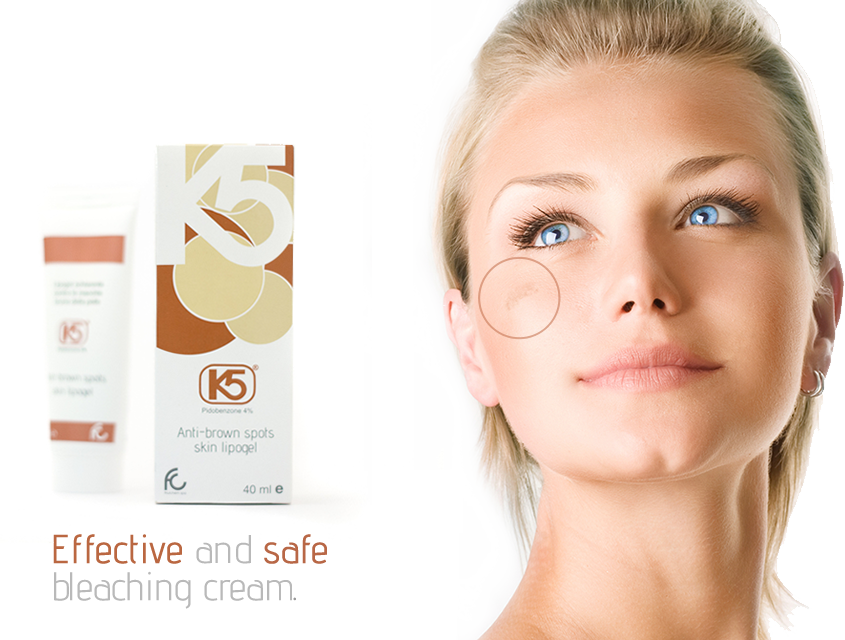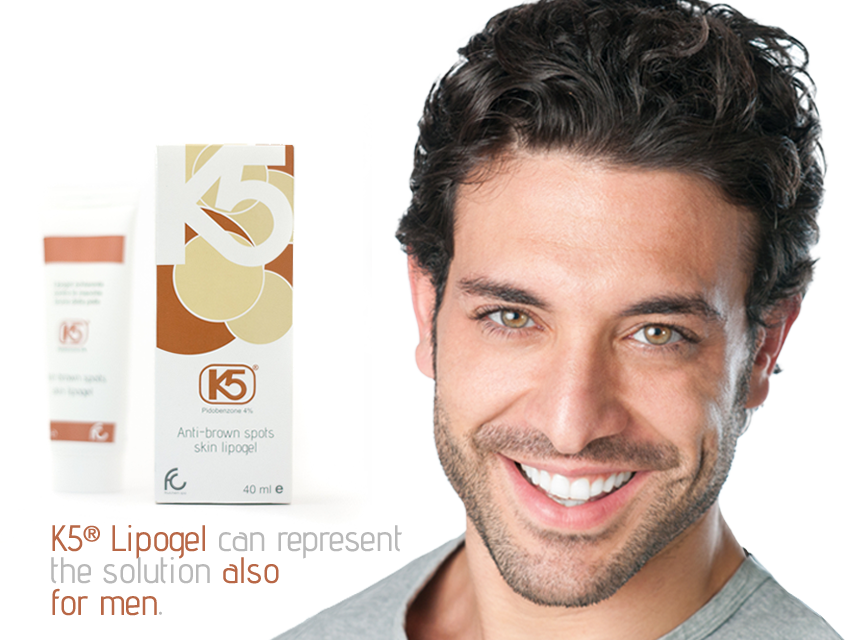Individual skin colouration can range from almost black to nearly colourless. Geographical influence results in people with ancestors who lived in sunnier areas to have darker skins than the ancestors of individuals with fair skin. This natural selection would have taken to protect the skin from the possible biochemical effects due to the penetration of the sun's ultraviolet rays, which can cause mutations to DNA.
1) What determines the colour of skin?
Many factors including hormonal, environmental, and age influence skin pigmentation, but that which actually determines skin colour is coded in our DNA. Different skins do not have different quantities, distributions and morphologies of melanocytes present for each unit of skin. What changes is the type and the number of melanosomes produced in addition to the type of distribution that occurs at the keratinocytes level. In particular, it is the amount and type of melanin that defines the ultimate colour of the skin.
2) What is melanin ?
The melanin is not a single compound but a mixture of biopolymers. There are various forms that are classified according to their chemical composition and which are involved in the colouration of the skin. PHEOMELANIN is characterized by colours ranging from yellow to red and is found both in individuals with fair skin as well as dark. EUMELANIN instead determines heavily pigmented colouration that ranges from dark brown to black. It is more abundant in relation to pheomelanin in individuals with dark skin and provides for greater skin protection against UV rays.
3) What structural differences affect skin pigmentation ?
Anatomically there are slight structural differences between subjects with lighter and darker skin. Phenotypes with darker skin produce larger melanosomes. These are surrounded by a membrane and are arranged singly in the cytoplasm of keratinocytes. They do not become degraded and arrive intact at the stratum corneum with a more effective distribution than the melanin pigment. Individuals with Caucasian skin have smaller melanosomes grouped into multiple units within the keratinocytes. The melanosomes are degraded on the surface of the epidermis. Other populations with neither fair nor dark complexion have intermediate characteristics.
4) Different skins and pigmentation changes
Although there are certain elements that differentiate skin colour in different people, whether they are dark-skinned, olive, etc., all types may suffer the onset of hyperpigmentation problems.
Hyperpigmentation is quite common in people and it is a problem both in individuals with fairer and darker skin. Fortuantley, hyperpigmentation is generally harmless, but this problem can have a heavily detrimental emotional impact on individuals. This occurs regardless of ethnicity or from where a person comes from. Hyperpigmentation is very annoying for aesthetic reasons, particularly when it concerns the more visible areas of the body like the face, hands and neck. This is why useful to be able to intervene and reduce the inconvenience to these people. K5® Lipogel can help solve this problem in people who live with the detrimental aesthetics of hyperpigmentation.


